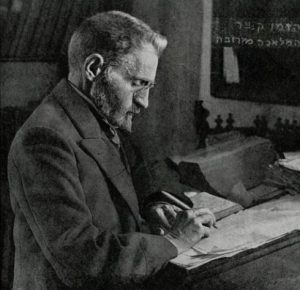The revival of the Hebrew language in modern times is sometimes considered no less than a miracle. Undoubtedly, it was – and still is – an amazing phenomenon which stands alone in the history of humanity.
It is important to understand that Modern Hebrew did not simply appear from nowhere and that there was a process of development that ultimately led to the renewal of this ancient language.
At the second half of the 18th century, the Jewish enlightenment movement was established in Germany. Their objectives were, among others, to restore the Hebrew language to its natural place as the ‘original Jewish language.’ One of their first actions was the foundation of the first newspaper in Hebrew at the end of the 18th century.
During the 19th century, the Jewish national movement ‘Zionism’ (the return to Zion), gained much popularity among the Jewish world and placed a lot of emphasis on using Hebrew in the daily life and outside of the synagogue and the Jewish schools.
Some key figures such as Eliezer Ben-Yehuda (1858-1922) but also many others put the reviving of the Hebrew language as the first place priority and began to create a modern language with the foundations of an ancient language. In short, they desired to use ancient Hebrew roots – from the Bible – and adjust them to ideas, concepts and the new technological developments of modern times.

.
